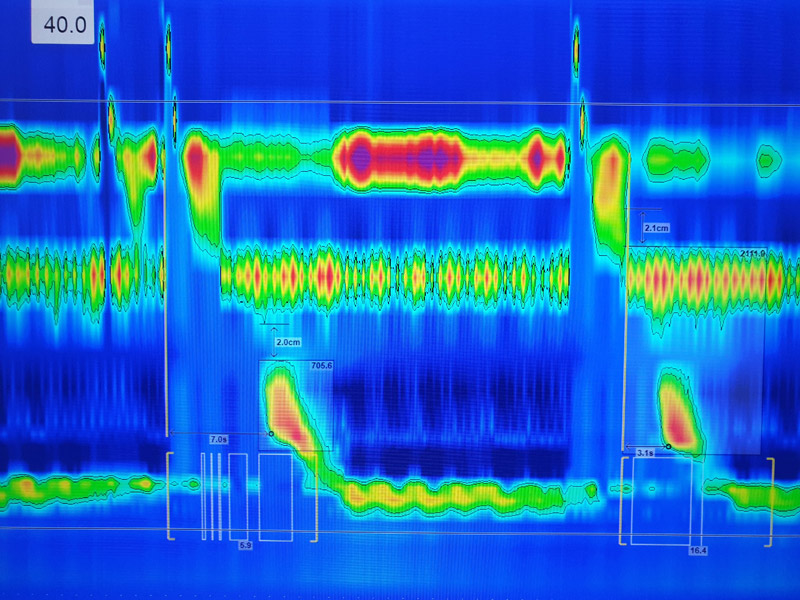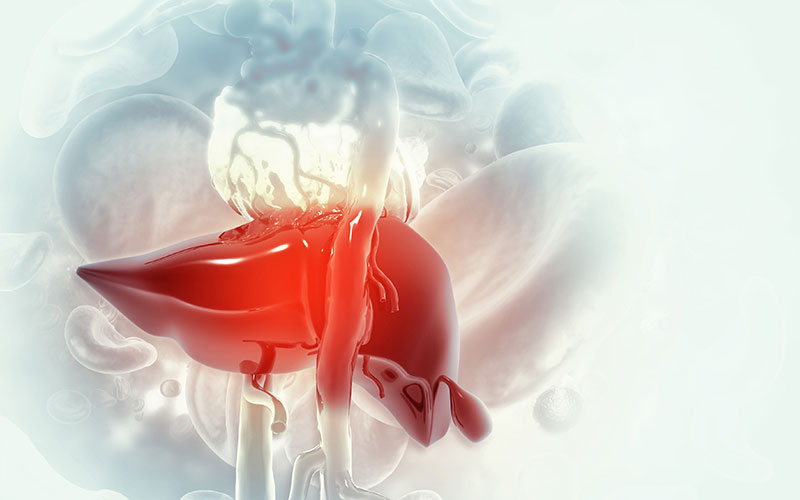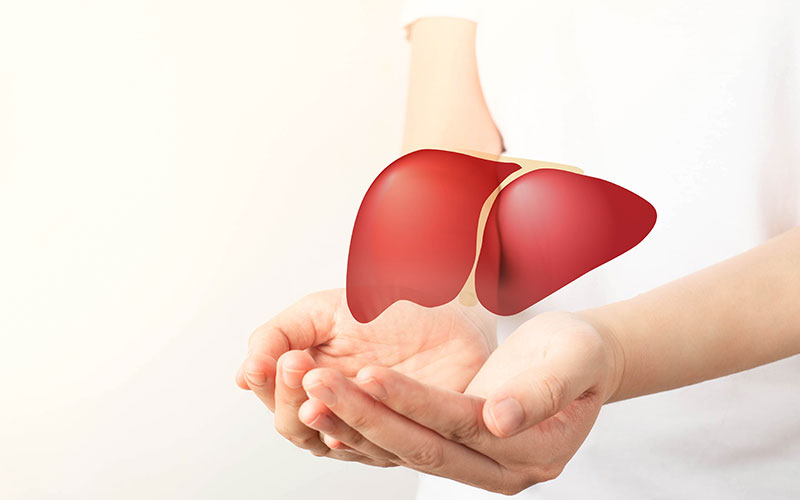
Esophageal Manometry
Manometry is a measurement of pressure, using a pressure-sensing device.The device detects the pressure that different muscles produce when they activate and its very useful for a gastroenterologist in diagnosing various GI disorders.
Esophageal manometry is a test that shows whether your esophagus(food pipe) is working properly.When you swallow, your esophagus contracts and pushes food into your stomach through a movement called as peristalsis. An esophageal manometry test measures two types of muscle activity – 1) Peristalsis 2) Functioning of Upper and Lower esophageal sphincter.
High-resolution manometry (HRM) works by placing a catheter plotted with high-resolution pressure sensors inside your esophagus. Multiple sensors, spaced 1cm apart, span your esophagus and measure muscle contractions. They transmit data to a computer, which converts it into a topographical pressure map which is interpreted by Gastroenterologist.




Dr. Deepak Goel
Dr. Deepak Goyal, a Pediatric Gastroenterologist with extensive post-MD experience of more than 15 years that includes super-specialty training in ‘Pediatric Hepatology & Gastroenterology’ (MCI-recognized) at SGPGIMS, Lucknow, has managed various kinds of complicated Pediatric Gastroenterology, Hepatology & Liver Transplant Cases.
Read More..